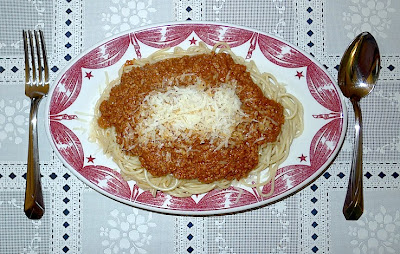At the Old Red Museum in Dallas there's a red neon "sign" that depicts Pegasus, the winged horse of Greek Mythology, and the mascot of Standard Oil Company. The neon Pegasus is believed by many to have been created for The Fair and displayed as part of the Petroleum Industries exhibit. Indeed, the museum itself claims the connection, based upon the recollection of a single individual. This fact was related to me by Kerry Adams, Curator and Exhibits Director at Old Red.
 |
| TripAdvisor |
There's just one little problem: the Dallas Pegasus (or any other Pegasus for that matter) was never seen at The Fair. As with the White Mana diner in Jersey City, I really wanted to confirm the truth of the story. So back to the New York Public Library I went, this time to examine the Library's Fair files pertaining to the Petroleum Industries exhibit.
While I found no plans or photos of the interior of the Petroleum building, I did find the Petroleum Industries Exhibit Corporation contract. Language contained in that document offers rather conclusive proof that Pegasus never made it to The Fair:
The Exhibitor will advertise the businesses carried on by the Advertisers by conducting at the New York World's Fair, during the duration thereof, an exhibition of matters and things relating generally to the Petroleum Industry and its various phases and branches; for the purposes of such exhibition, the Exhibitor will erect a building on realty leased or to be leased by the Exhibitor within the area where the New York World's Fair is to be held.
The sole advertisement of the individual businesses of the Advertisers to be made at said exhibition shall be a list of the names of the advertisers displayed upon a plaque or plaques within or without said building, coupled with the statement that said exhibition has been made possible through their cooperation.
(Petroleum Industries Exhibit/New York World's Fair Exhibit Agreement, Exhibit "D"
Dated August 13, 1937)
In addition, the files contain this memo:
August 17, 1939
The Petroleum Industry in connection with their exhibit building at the Fair has a clause in their contract with the Fair that no advertisement or display of a petroleum company can be shown on Fair grounds.
Today the Petroleum Industry Exhibit Corporation has called to our attention that the Paragon Oil Company has a globe bearing their trade name on display in the Amusement Area in connection with the concession operating small gas-driven automobiles. I presume that this is in the "Drive-a-Drome".
In view of our contract, it will be necessary to have this identification sign eliminated. Will you kindly take care of this matter and advise me of your action so that I can in turn notify the Petroleum Industry Corporation.
Walter M. Langsdorf
Director, Department of Exhibits and Concessions
to Chairman, Amusement Control Committee
(H.M. Lammers responded on August 24, 1939 that the sign was removed.)
I contacted the museum for comment, but they did not answer my email.














.jpg)











